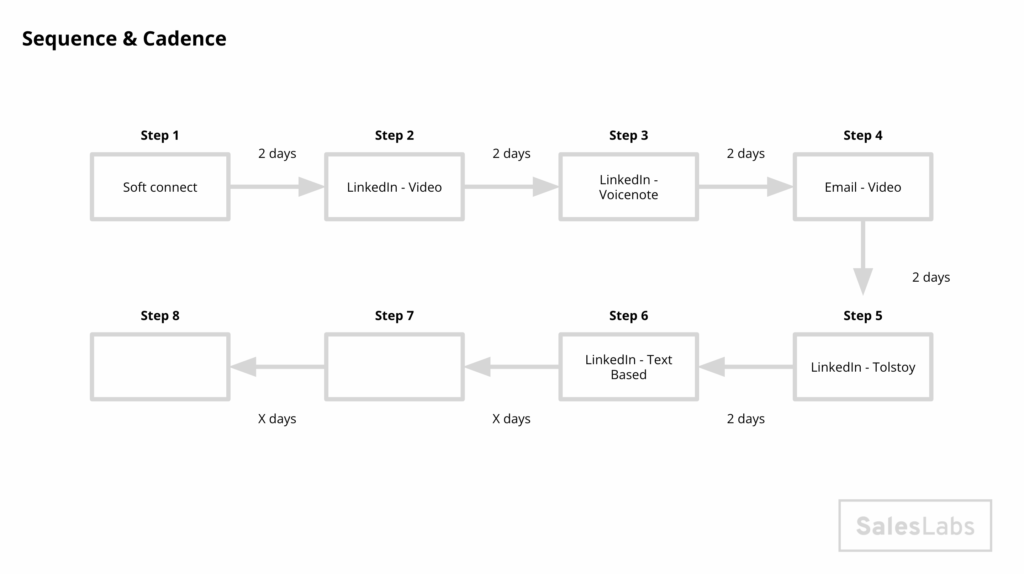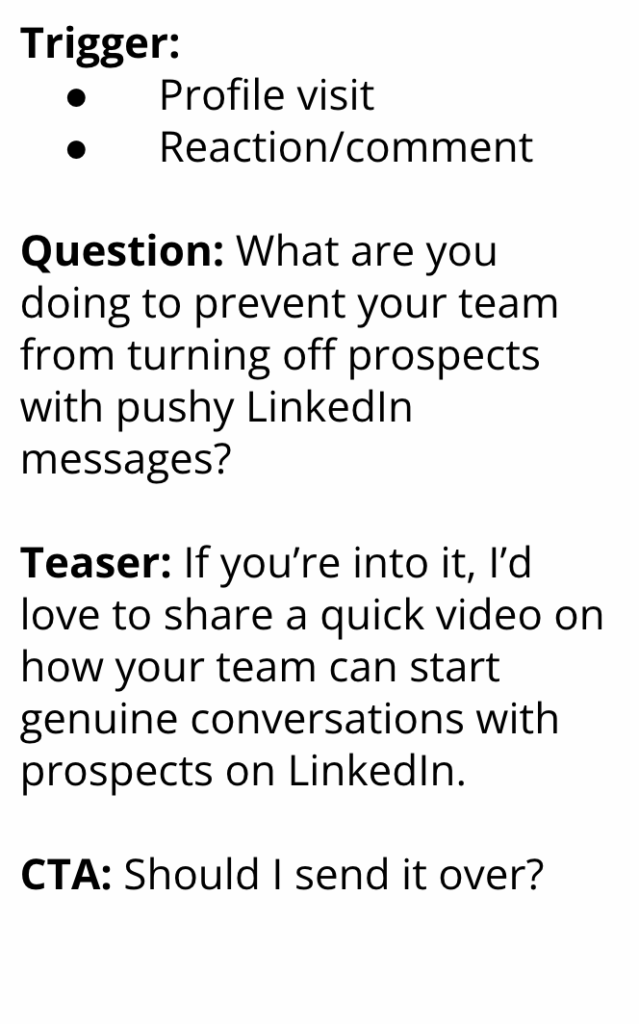The biggest mistake I made as a newly hired Account Executive was to stop prospecting.
Back in 2018, I got hired as the first French-speaking Account Executive at a tech scale-up from California. I was hired at the same time as a French-speaking SDR (who was brilliant), and I got promised I wouldn’t need to source my own opportunities. So, naturally, I didn’t prospect daily.
It was the first time I didn’t have to send cold emails in my sales career, and it felt nice. But after a few months, my pipeline was still empty. Not great.
That’s when I learned that as long as I would be in sales, I could never stop prospecting.
No matter what you’re told, if you stop prospecting, you’ll lose control of your pipeline and give control of your performance to someone else.
If you stop prospecting, you’ll end up not having enough conversations, which leads to not enough opportunities, and finally, missing your sales targets. This will happen sooner or later, but this will happen for sure.
But if you build and execute a prospecting routine, you’ll understand how many prospects you need to contact in order to reach your sales targets, and you’ll build a predictable stream of opportunities.
Here are 4 steps to help you do just that:
Time blocking is so important because it gets you to create a habit, and allows for consistent input.
You can do it by picking a time when you’re the most productive during the day. For me it’s early mornings, but it can be any time that works best for you. Put a recurring blocker in your calendar so you won’t be disturbed. And finally, stick to it for 21 days and it will become a habit.
Meetings are booked with follow-ups.
That’s why I recommend building a sequence skeleton so you don’t need to reinvent the wheel with your follow-ups. Define the media and the channel for each touchpoint, as well as the content of the message. Here’s an example:

Learn the exact daily system I use to get a 38% reply rate and 11% meeting rate on LinkedIn.
A prospecting routine is like a car. Without fuel (or electricity), it won’t go anywhere.
It’s always better to find prospects using triggers. This adds relevance to your outreach. Example of triggers can be:
LinkedIn profile visits
Posts reactions/comments (yours or someone else)
LinkedIn event attendance
There are tons of other lead sources you can find, but make sure you know how many prospects to contact daily.
End your prospecting routine by contacting the prospects you have found in step 3.
With your prospecting sequence ready, you should be able to use a trigger to add relevance, but the core of your message shouldn’t differ too much from prospect to prospect.
Here’s a simple framework you can use:
Trigger: A piece of information that indicates your prospect is trying to solve a specific problem.
Question: A problem-oriented question to get the prospect to think: “This person has a clear understanding of my problem”.
Teaser: An attention-grabbing sentence referring to a resource you can share to solve the problem.
CTA: A close-ended question.
Example:

If you follow these 4 steps, you should easily avoid missing your sales targets.
Get my free, 4 min weekly newsletter. Used by 5.900+ salespeople to book more meetings and work when, where, and how they want.
Get my free, 4 min weekly newsletter. Used by 5.900+ salespeople to book more meetings and work when, where, and how they want.
I will never spam you, or sell your info.
Get each episode in your mailbox when they release. Grab special discounts and offers.